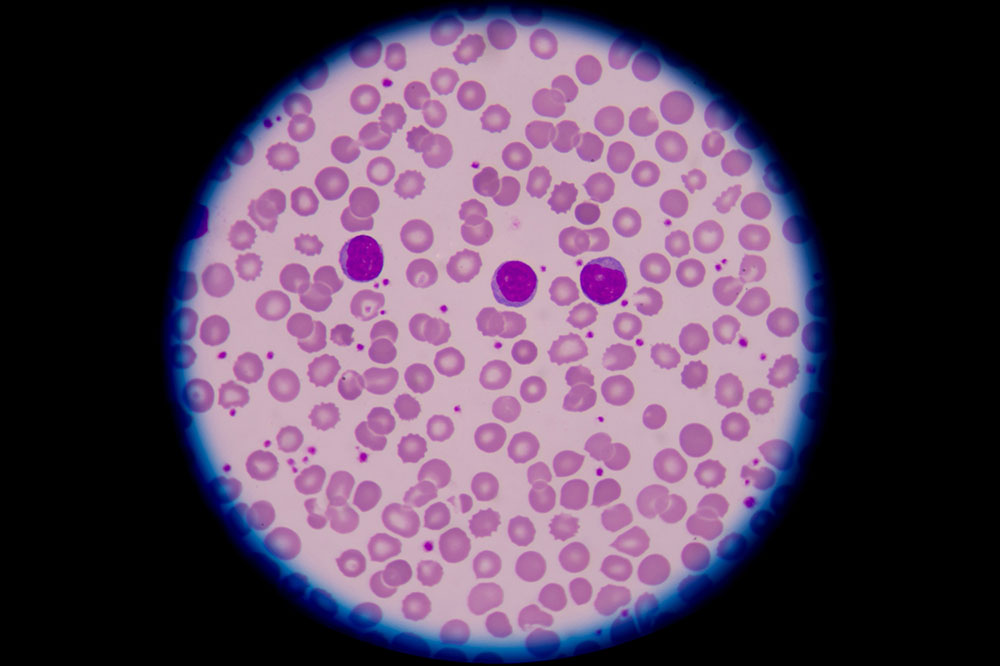Serious Blood Disorders That Can Become Life-Threatening Without Timely Medical Attention
Explore the most serious blood disorders that pose significant health risks if left untreated. Learn about anemia, sickle cell disease, lymphoma, hemophilia, and thalassemia—common conditions that require early diagnosis and proper management to prevent life-threatening complications. This comprehensive guide emphasizes the importance of awareness, timely intervention, and advances in medical treatment for blood health issues.

Understanding Critical Blood Conditions and Their Potential Health Risks
The human body is constantly exposed to a variety of threats that can seriously compromise its health. Among the most vulnerable components is blood, which plays a crucial role in transporting oxygen, nutrients, and waste products, as well as supporting immune functions. Blood disorders are more common than many realize, affecting a significant portion of the population—approximately 20% in the United States alone—making awareness and early diagnosis vital. If left untreated, these conditions can lead to severe health complications and even become life-threatening.
Blood is made up of several key components: red blood cells (RBCs), white blood cells (WBCs), platelets, and plasma. Each element has specific functions, and abnormalities in any of these can result in health problems. The liquid part of blood, plasma, also contains vital proteins and electrolytes; diseases affecting plasma can impair overall blood function. Recognizing the potential risks associated with various blood disorders is essential for early intervention and effective management. Here, we explore some of the most severe blood conditions that can threaten health if not addressed promptly:
Anemia: This common disorder involves a deficiency in red blood cells or hemoglobin, the protein responsible for carrying oxygen throughout the body. Iron deficiency anemia is particularly widespread, often caused by inadequate iron intake or poor absorption. Low hemoglobin levels reduce oxygen delivery to tissues, resulting in symptoms like fatigue, weakness, dizziness, and shortness of breath. Severe anemia can impair organ function and require transfusions or iron supplementation for correction.
Sickle Cell Disease: An inherited genetic disorder characterized by abnormally shaped red blood cells that resemble a sickle or crescent. These misshapen cells have reduced flexibility and lifespan, leading to blockages in small blood vessels and impaired oxygen transport. Patients often experience episodes of pain (called sickle cell crises), increased risk of infection, and organ damage. Management includes pain relief, blood transfusions, and possibly stem cell transplants to reduce symptoms and prevent complications.
Lymphoma: As a type of blood cancer originating in lymphocytes—the white blood cells vital to immune defense—lymphoma can develop in lymph nodes, spleen, or bone marrow. Both Hodgkin’s and Non-Hodgkin’s lymphoma can cause symptoms like swollen lymph nodes, fever, night sweats, and weight loss. If untreated, lymphoma can spread rapidly, leading to life-threatening complications. Treatment typically involves chemotherapy, radiation, and targeted therapies, with prognosis depending on the stage at diagnosis.
Hemophilia: A hereditary bleeding disorder characterized by a deficiency or dysfunction of clotting factors (most commonly factor VIII or IX). People with hemophilia tend to bleed excessively from even minor injuries, and internal bleeding episodes are particularly dangerous. This condition requires lifelong management, including regular infusion of clotting factor concentrates to prevent bleeding episodes and manage any crises quickly.
Thalassemia: An inherited blood disorder resulting in abnormal hemoglobin production, leading to ineffective red blood cell formation. Thalassemia can cause a range of health issues such as severe anemia, bone deformities, heart problems, splenomegaly, and developmental delays, especially in children. Treatment may include blood transfusions, iron chelation therapy, and sometimes bone marrow transplants to correct the underlying genetic defect. Without proper management, thalassemia can significantly impact quality of life and survival.
This overview highlights how critical early detection and treatment are for blood-related health issues. Recognizing symptoms and understanding the risk factors associated with these conditions can significantly improve patient outcomes. Advances in medical research and technology continue to enhance diagnostic techniques and treatment options, offering hope for many affected individuals. Maintaining regular health check-ups and consulting healthcare providers at the first signs of abnormal symptoms are essential steps in managing blood disorders and avoiding potentially life-threatening complications.



